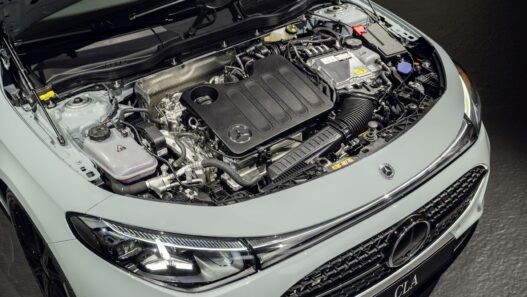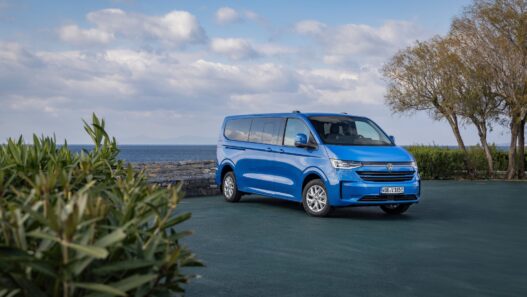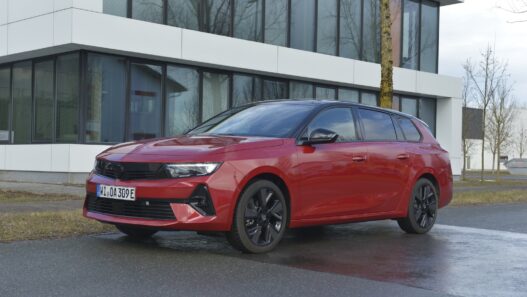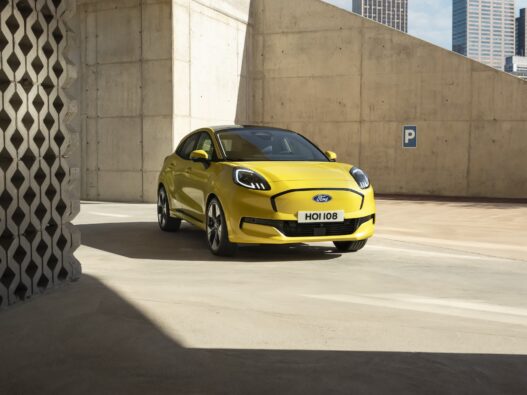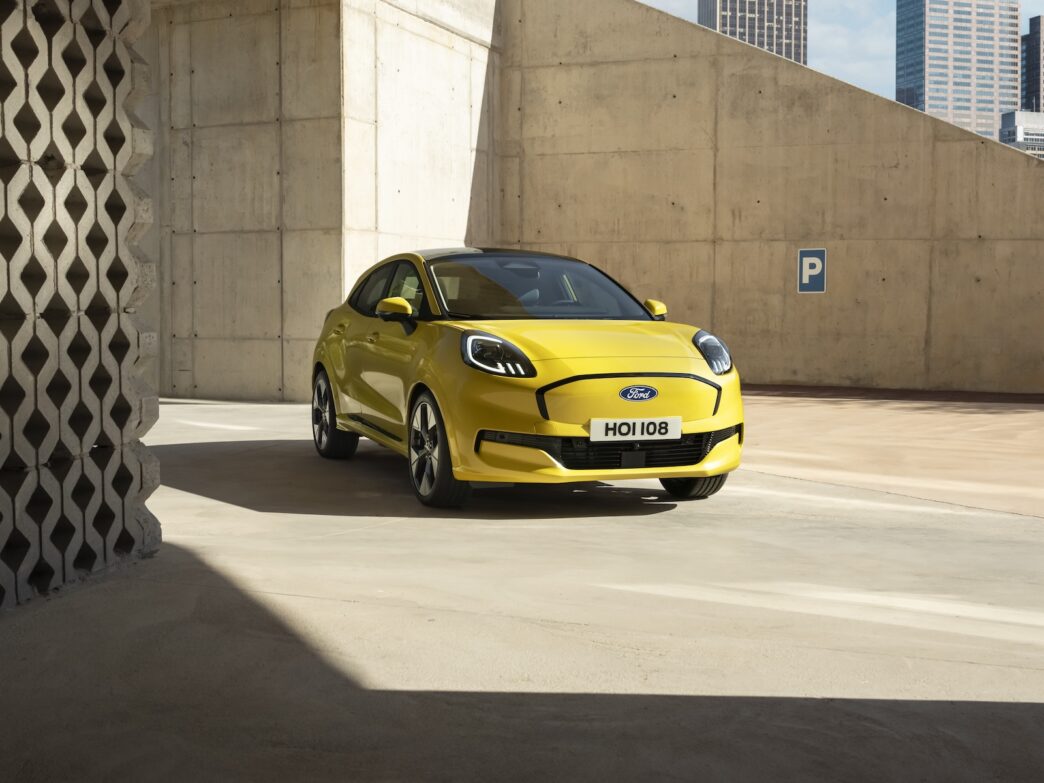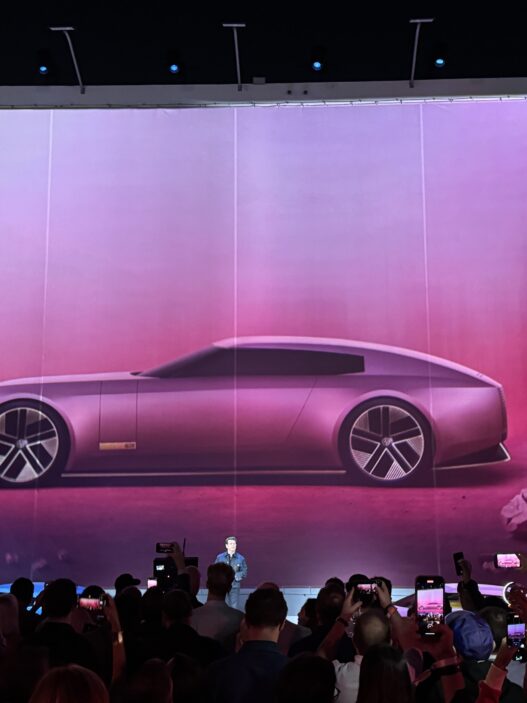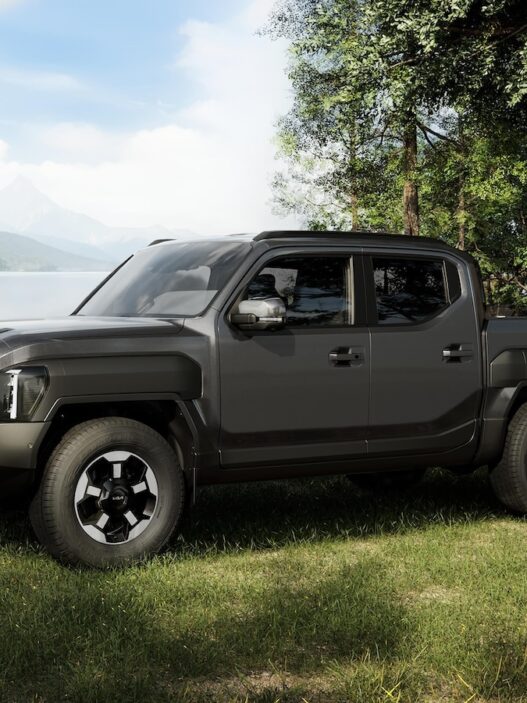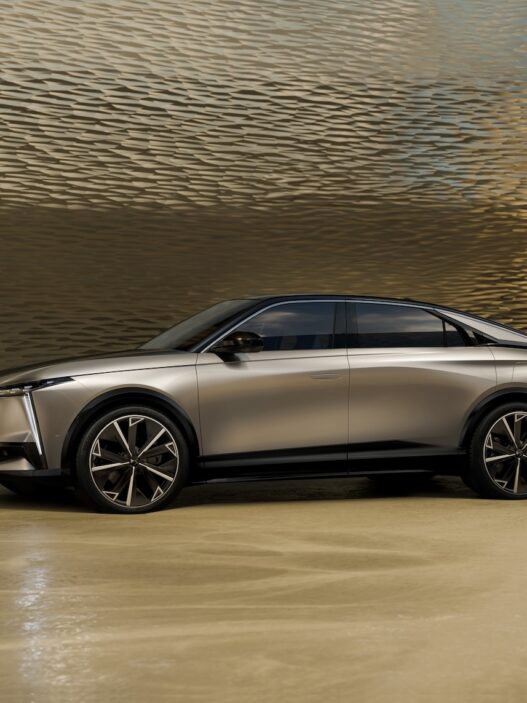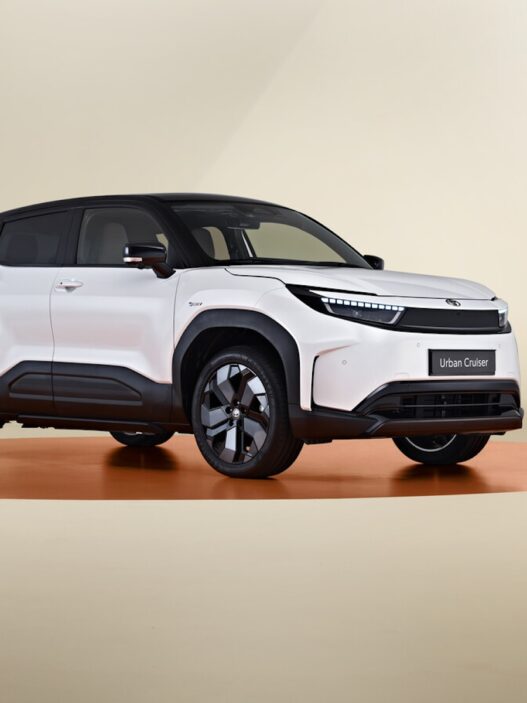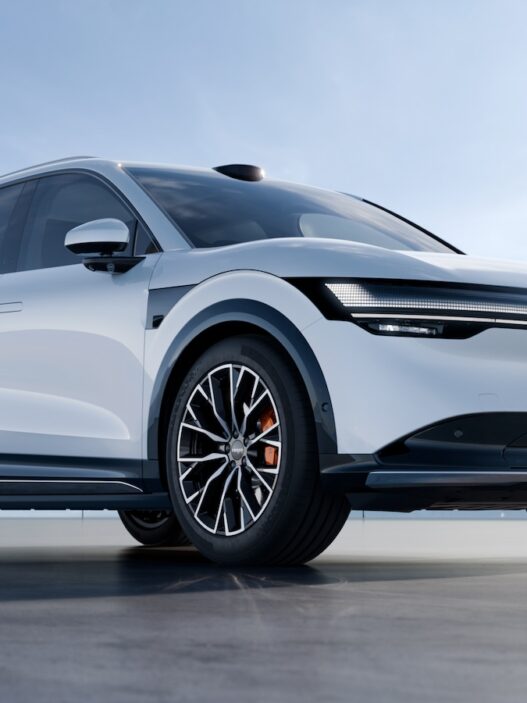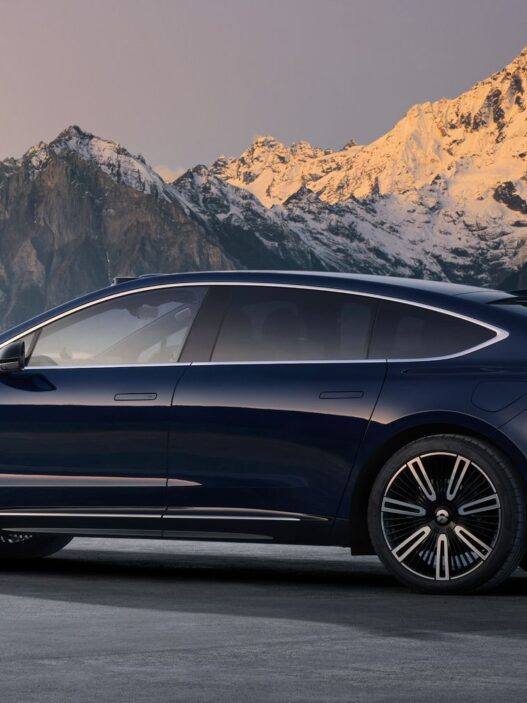Ford’s European operations have seen brighter days, but just in time for the holiday season, there’s a reason to rejoice: the electric Ford Puma is rolling out. Highly anticipated, the Puma Gen-E represents not just a new model but also a renewed hope for the brand’s future.
A Lifeline Amid Challenges
The beloved Fiesta is history, and the Focus will bid farewell in 2025. Meanwhile, Ford’s new electric SUVs, the Explorer and Capri, have struggled to ignite widespread enthusiasm. The newly established electric production line in Cologne has made headlines more for idle machinery than for bustling assembly lines. In this landscape, the arrival of the electric Puma in spring 2025 is a much-needed boost.
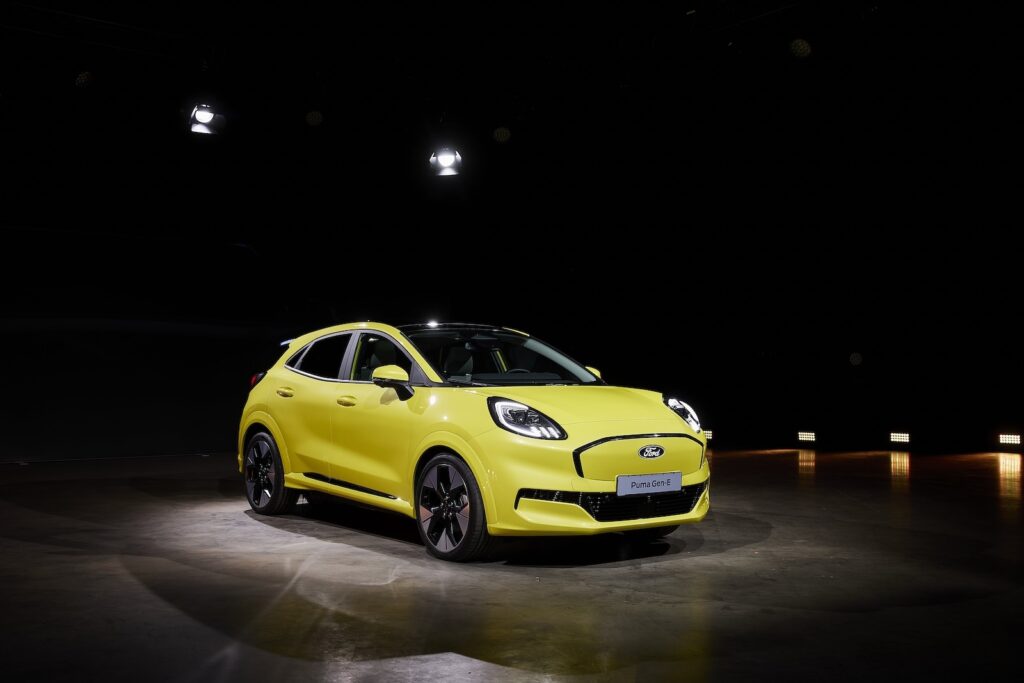
Although the Puma has aged since its introduction, its attractive design has kept it a crowd favorite. The electric version aims to capture a new audience while retaining its winning formula.
Familiar Look, Electric Heart
Visually, the electric Puma remains nearly identical to its combustion-engine counterpart. Updates include a reworked front fascia with Matrix-LED headlights, a larger rear spoiler, and a somewhat polarizing white Puma badge on the tail, depending on the chosen color scheme. Otherwise, the design stays true to the original.
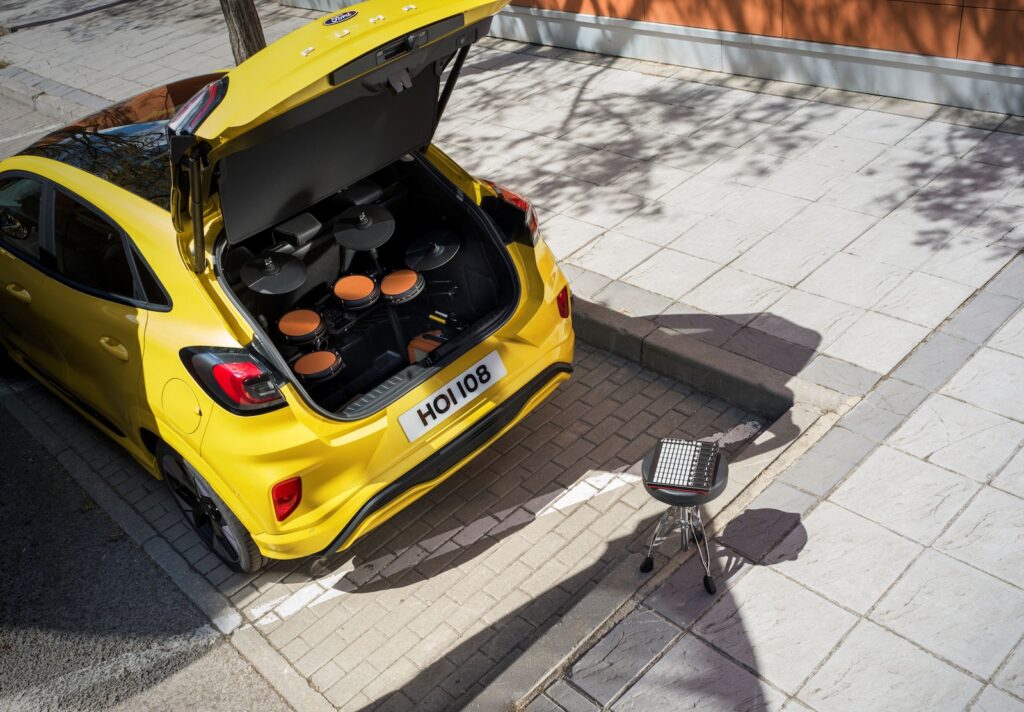
Under the hood, there’s no engine to be found—just a modest 43-liter frunk, suitable for storing charging cables or small essentials. The electric drivetrain is tucked neatly beneath, offering a single configuration: a front-wheel drive system with 124 kW (168 PS) and 290 Nm of torque.
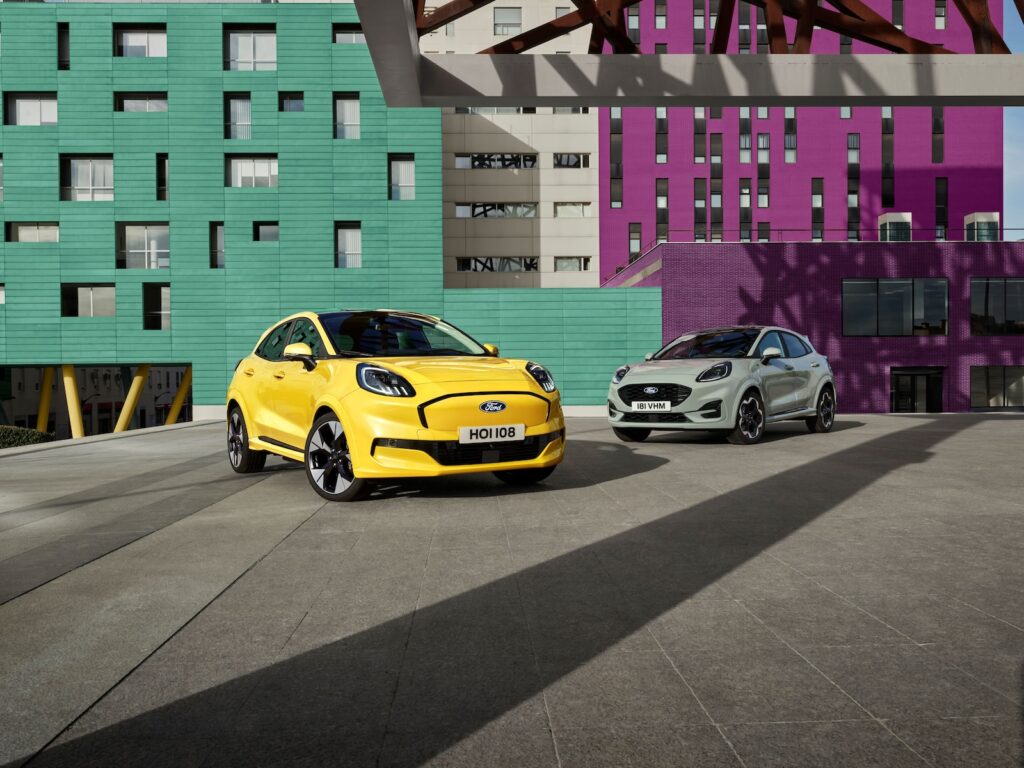
The 43 kWh battery pack powers the Puma from 0 to 100 km/h in 8.0 seconds, with a top speed electronically limited to 160 km/h. Starting at €36,900, it’s a functional but unremarkable setup, especially in 2025, when competitors offer far more variety and performance.
Range and Charging: Decent, But Not Dazzling
The Puma Gen-E’s modest energy consumption of 13.1 kWh/100 km helps it achieve a range of 376 km in its base trim. Opt for the Premium version, and slightly wider tires reduce the range to 347 km.
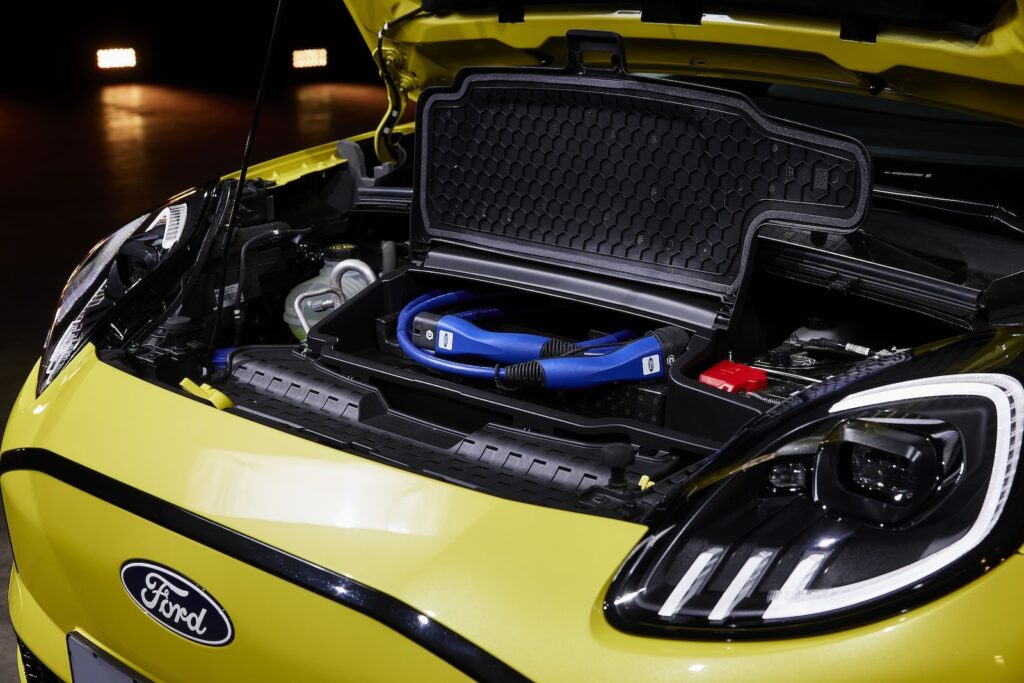
Charging is straightforward but uninspired; the maximum DC fast-charging rate is 100 kW, allowing the battery to replenish from 10% to 80% in 23 minutes. While efficient, it’s hardly groundbreaking in today’s EV market.
Interior: Practical, But Plastic
Inside, the Puma Gen-E remains spacious enough for four adults and offers impressive cargo capacity. Thanks to its 574–1,283 liters of storage space, it stands out in its class. Loading and unloading are made easy with the electric tailgate and deep trunk floor.
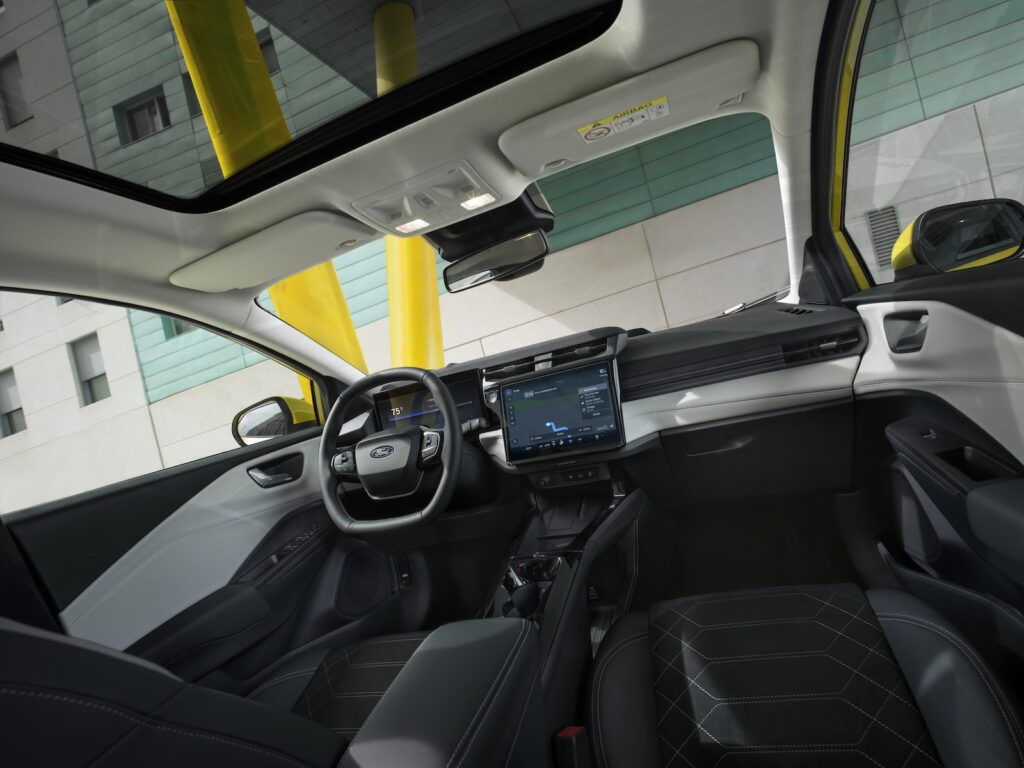
The interior updates include two large displays (12-inch and 13-inch), a redesigned center console, wireless charging, and comfortable front seats. However, hard plastics dominate the cabin—a visual improvement but not the premium feel some might expect. The optional Premium Package enhances the experience with 10 speakers, keyless entry, 19-inch wheels, and a panoramic sunroof.
A New Chapter for Ford
The Puma Gen-E represents a crucial step for Ford’s European lineup. While it doesn’t push the boundaries of performance or innovation, its familiar design, practicality, and approachable price make it a compelling choice for EV newcomers. Whether it’s enough to turn Ford’s fortunes around remains to be seen, but it’s a start—and for now, a welcome dose of holiday cheer.
The electric Puma promises practicality wrapped in a familiar package, but it may need more than holiday goodwill to stand out in an increasingly competitive EV market.
Technical Data: Ford Puma Gen-E
- Motor: Electric, front-mounted
- Power Output: 124 kW / 168 PS
- Max Torque: 290 Nm
- Top Speed: 160 km/h
- Acceleration (0–100 km/h): 8.0 seconds
- Battery Pack: 43 kWh
- Max Charging Power: 100 kW
- Range: Up to 376 km (WLTP)
- Weight: 1,560 kg
- Cargo Volume: 574–1,283 liters
- Price: From €36,900

